Planting a Rose and Clematis Together
Kes Z 7a E Tn
10 years ago
Featured Answer
Comments (12)
User
10 years agotoolbelt68
10 years agoRelated Professionals
Kapaa Landscape Architects & Landscape Designers · Severn Landscape Architects & Landscape Designers · Simi Valley Landscape Architects & Landscape Designers · Newcastle Landscape Architects & Landscape Designers · Broadlands Landscape Contractors · Davidson Landscape Contractors · Dedham Landscape Contractors · Dixon Landscape Contractors · Lady Lake Landscape Contractors · Longmont Landscape Contractors · Mendota Heights Landscape Contractors · Salem Landscape Contractors · Smyrna Landscape Contractors · Woodburn Landscape Contractors · Maplewood Landscape ContractorsUser
10 years agoAquaEyes 7a NJ
10 years agoAquaEyes 7a NJ
10 years agokidhorn
10 years agodublinbay z6 (KS)
10 years agomad_gallica (z5 Eastern NY)
10 years agosubk3
10 years agoKes Z 7a E Tn
10 years agoAquaEyes 7a NJ
10 years ago
Related Stories

PLANTING IDEASGreat Garden Combo: Rose + Clematis for Small-Space Impact
We all need somebody to lean on. And when a rose supports a climbing vine, the results can totally transform a small garden
Full Story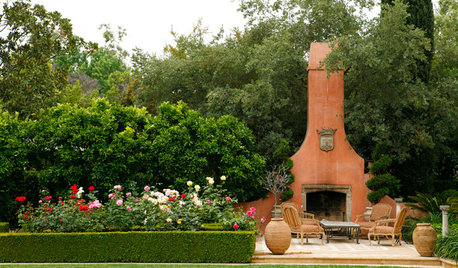
LANDSCAPE DESIGNMake Your Roses Even More Beautiful With These Companion Plants
Nourish your rosebushes and create a visual feast with these 7 classic and unexpected plant pairings
Full Story
PETS6 Ways to Help Your Dog and Landscape Play Nicely Together
Keep your prized plantings intact and your dog happy too, with this wisdom from an expert gardener and dog guardian
Full Story
GARDENING GUIDESGreat Design Plant: Sally Holmes Rose
This simple yet versatile climbing rose grows vigorously all year; plant now for abundant spring and summer blooms
Full Story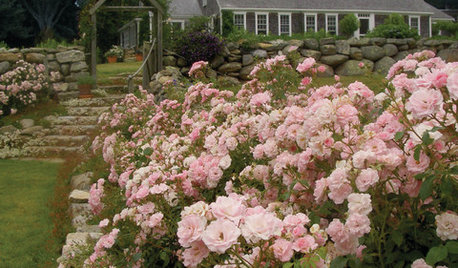
GARDENING AND LANDSCAPINGReimagine the Rose Garden
No need for boxlike bushes. Modern roses are breathtakingly beautiful mixed casually and with less formal shapes in the landscape
Full Story
WINTER GARDENINGPruning Secrets for Exquisite Roses
Encourage gorgeous blooms year after year with this time-tested advice on how to prune your rosebush in winter for health and shape
Full Story
SPRING GARDENINGHow to Grow a Rose Garden in Pots
Everything can come up roses, even without a plot of soil in sight. This step-by-step guide to growing roses in containers shows you how
Full Story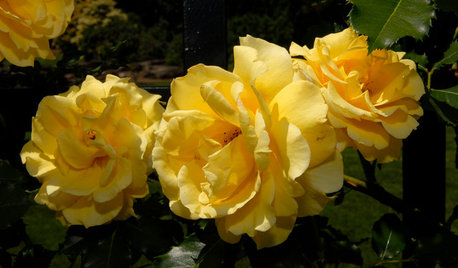
GARDENING GUIDES5 Favorite Yellow Roses for a Joyful Garden
Make 'cheery' the name of your garden game when you order your roses sunny side up
Full Story
GARDENING GUIDESGrow Your Own Privacy: How to Screen With Plants and Trees
Use living walls to lower your home and garden's exposure while boosting natural beauty in your landscape
Full Story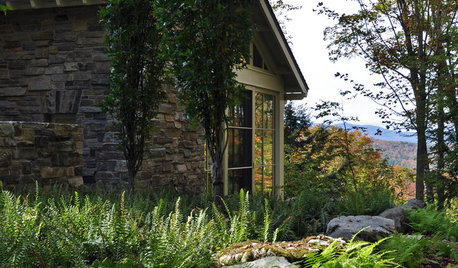
GARDENING GUIDESGreat Design Plant: Athyrium Filix-Femina
If you need a well-mannered plant that shines in the shade, lady fern is for you
Full Story





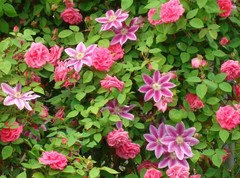
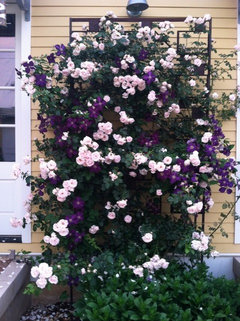



susan4952